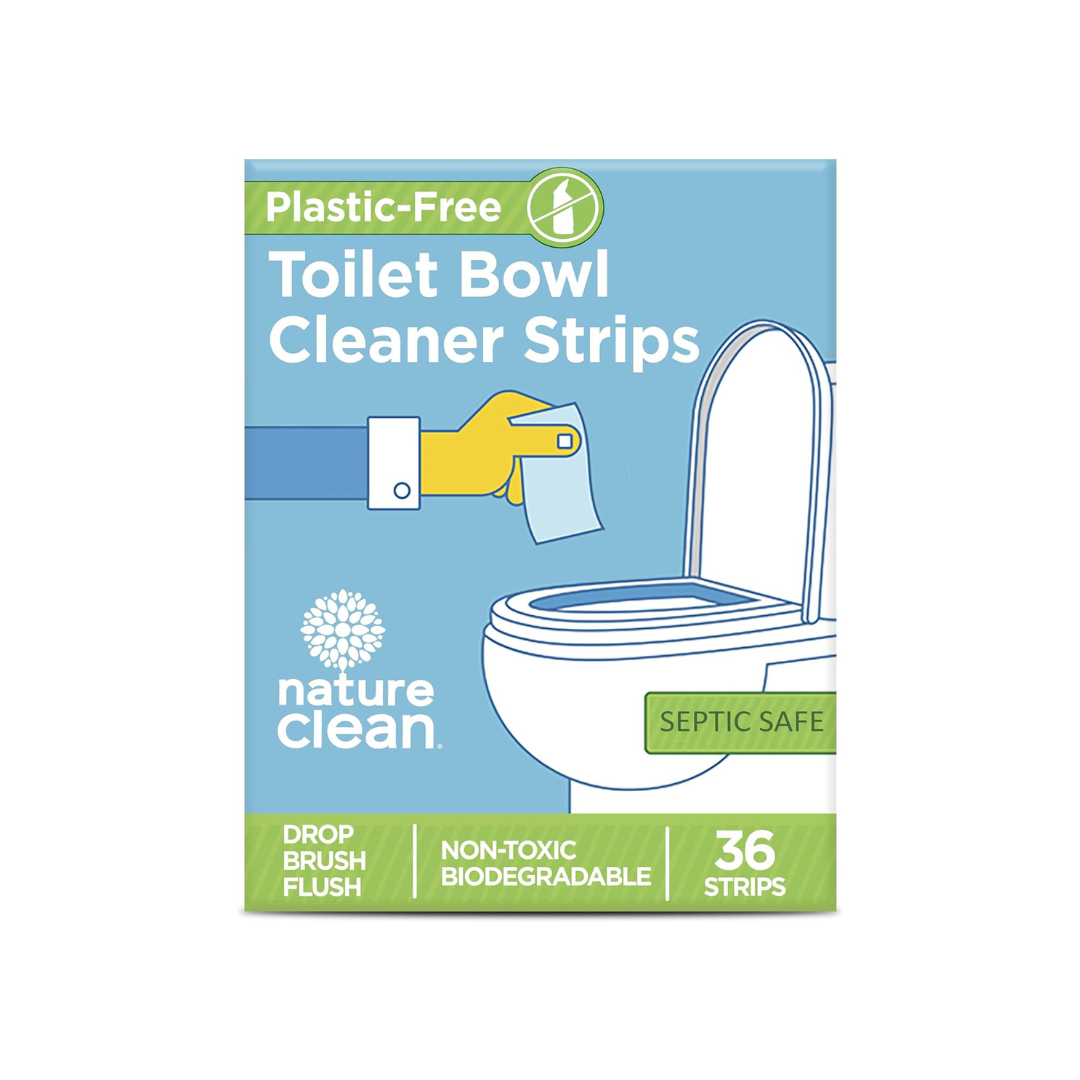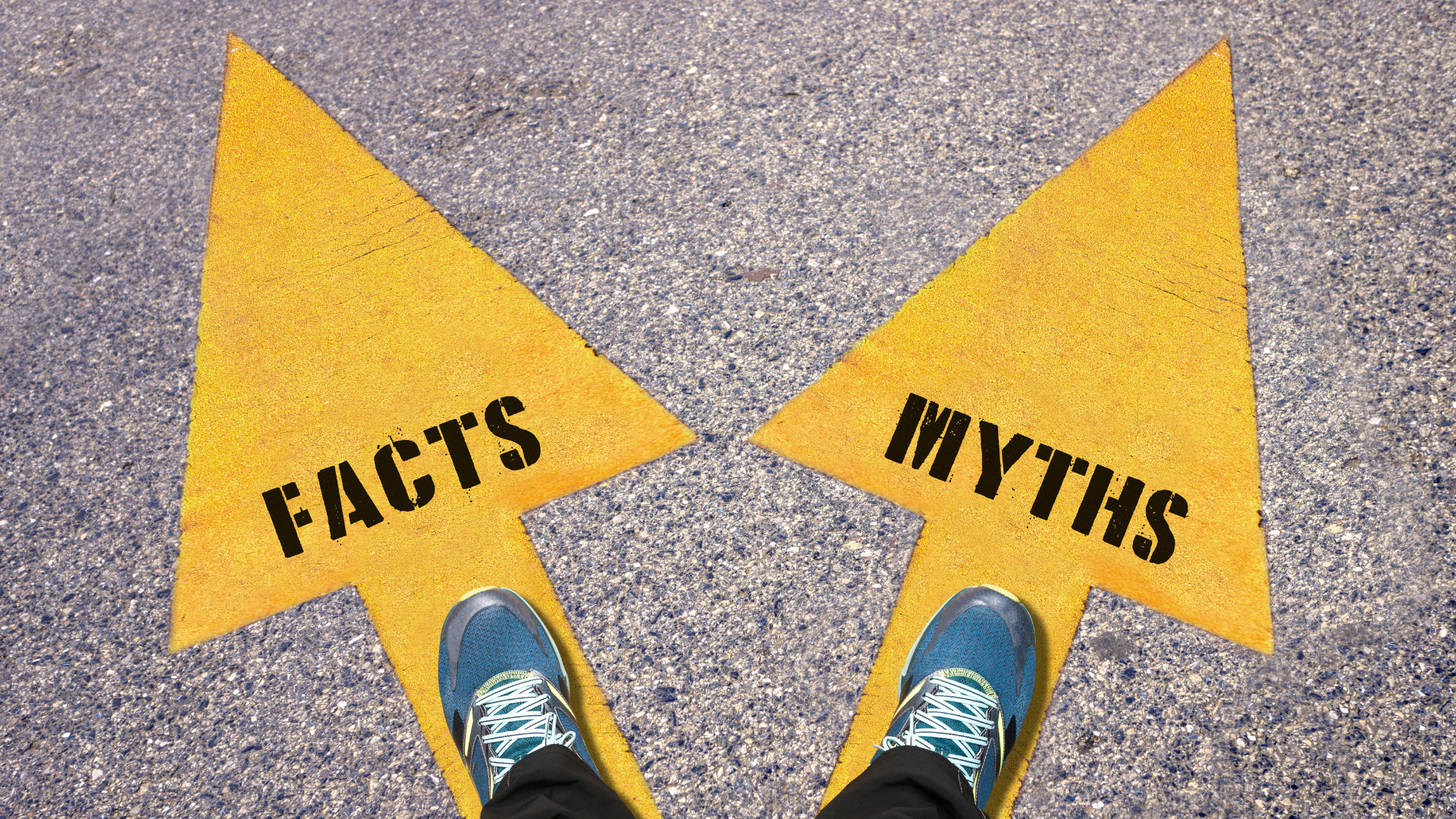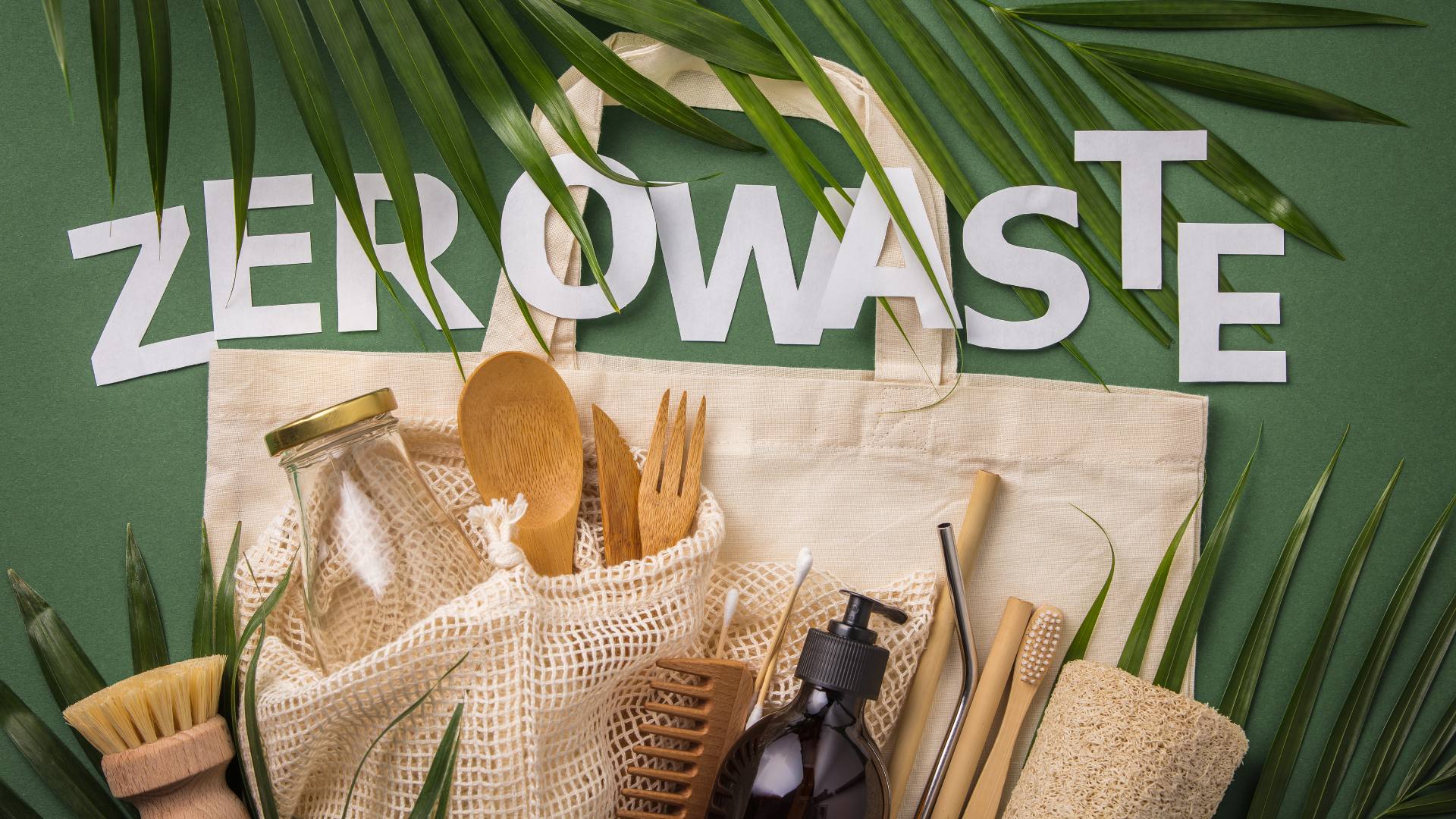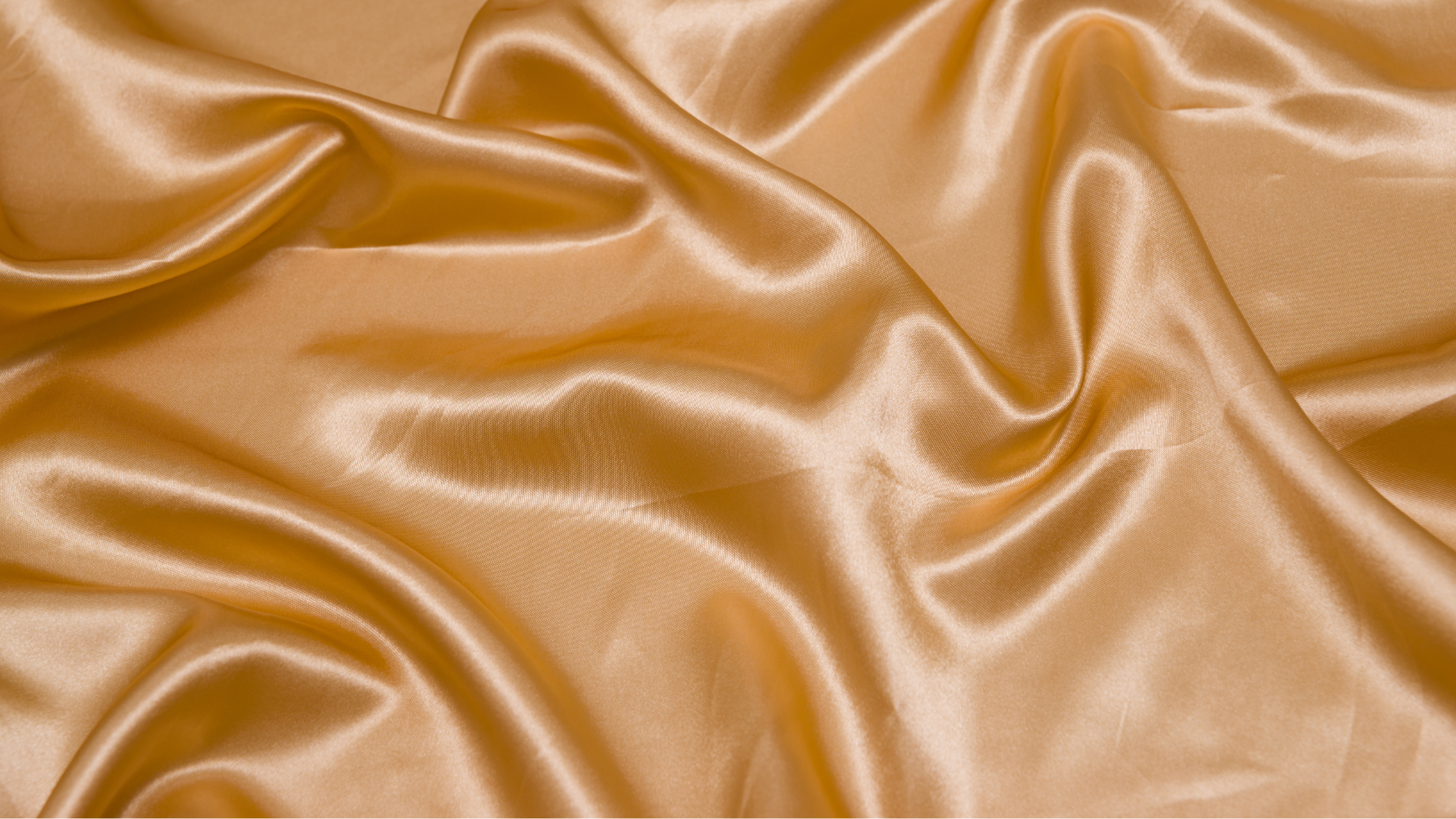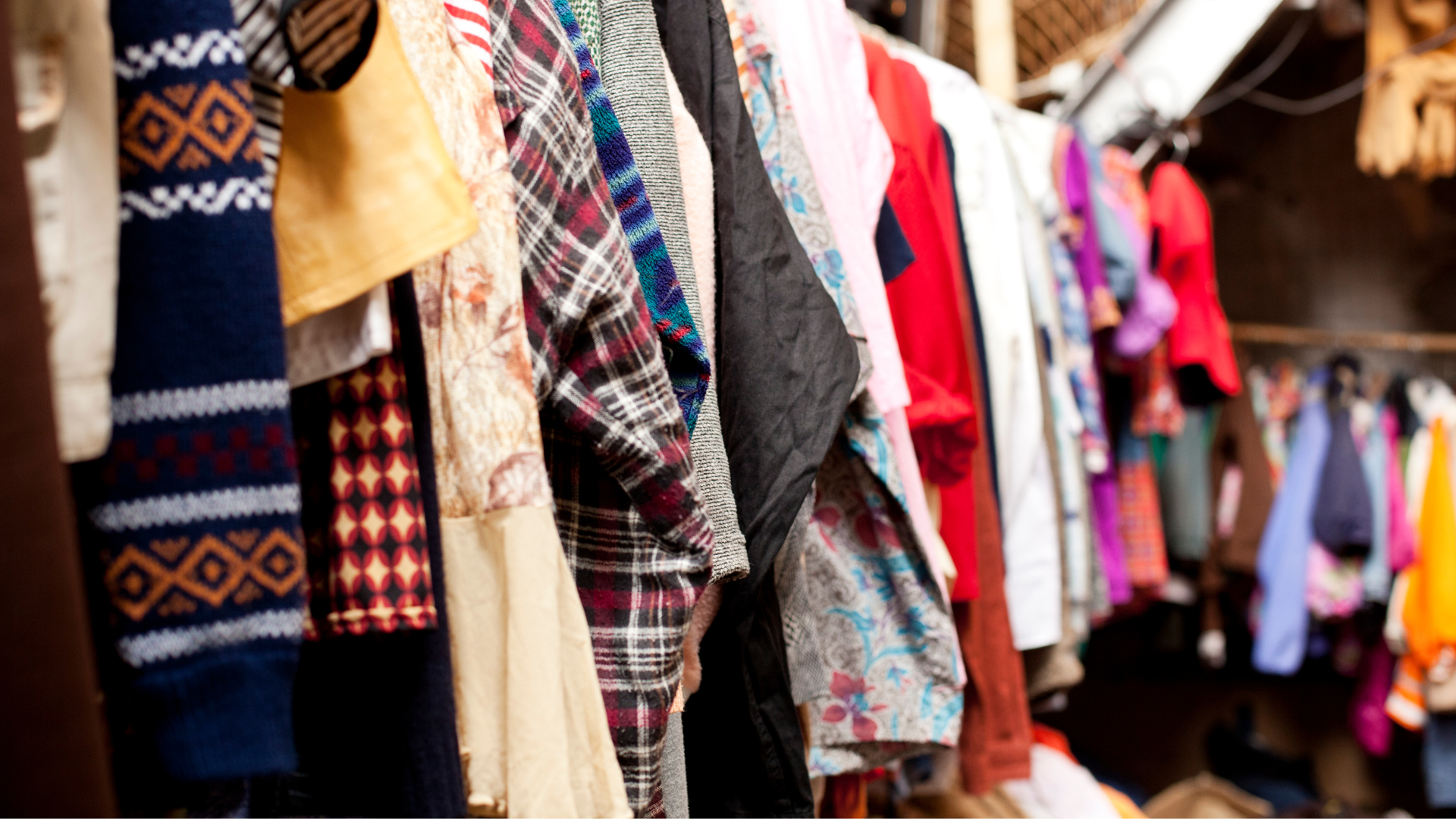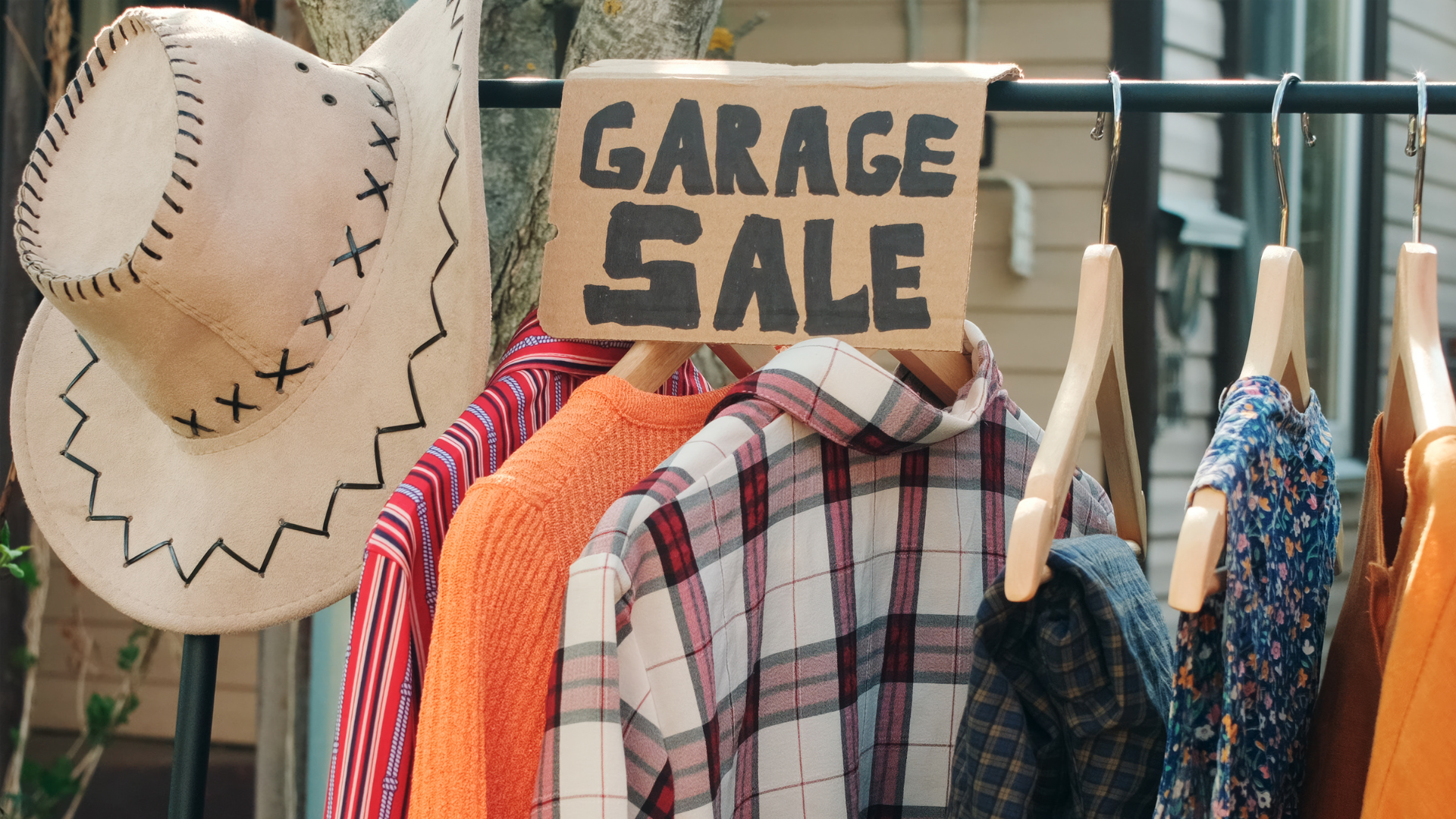In recent years, the fashion industry has faced increasing scrutiny for its environmental impact. From excessive water usage to the use of harmful chemicals, traditional clothing manufacturing processes have left a significant ecological footprint. However, a shift is underway as both consumers and brands turn towards environmentally friendly clothing. This comprehensive guide delves into the world of sustainable fashion, exploring how your choices can contribute to a greener planet.
What is Environmentally Friendly Clothing?
Understanding Sustainable Fashion
Environmentally friendly clothing, often synonymous with sustainable fashion, refers to garments designed, manufactured, produced, and distributed in ways that minimize negative environmental impacts. It also encompasses socio-economic aspects, ensuring fair wages and conditions for workers.
Key Components of Eco-Friendly Apparel
-
Organic Materials: Clothes made from organic cotton, bamboo, and hemp, which are grown without harmful pesticides and chemicals.
-
Recycled Materials: Utilizing recycled fabrics, such as polyester made from plastic bottles, reduces waste and resource consumption.
-
Ethical Manufacturing Processes: Emphasizing fair labor practices and adequate working conditions throughout the supply chain.
-
Durability and Longevity: Creating high-quality garments that last longer and reduce the need for frequent replacements.
Why Choose Environmentally Friendly Clothing?
Environmental Impact
The fashion industry is a major water consumer and polluter. By opting for eco-friendly clothing, you help reduce water usage, minimize pollution, and decrease the reliance on fossil fuels.
Social Responsibility
Supporting brands that adhere to ethical practices promotes a more equitable industry standard, ensuring that workers are treated fairly and with respect.
Personal Health Benefits
Wearing clothes made from organic materials can reduce your exposure to allergens and chemical irritants often found in synthetically produced garments.
How to Identify Sustainable Fashion Brands
Certifications and Standards
Look for certifications like Global Organic Textile Standard (GOTS), Fair Trade, and Bluesign, which indicate adherence to various environmental and social criteria.
Transparency and Traceability
Support brands that disclose information about their manufacturing processes and supply chain, demonstrating accountability and transparency.
Commitment to Sustainability
Evaluate a brand’s overall commitment to environmental conservation, including their use of renewable energy sources, waste reduction practices, and packaging materials.
Top Environmentally Friendly Clothing Brands to Consider
-
Patagonia: Known for its commitment to environmental activism and sustainable practices. Patagonia not only offers products made from recycled materials but also invests in grassroots environmental initiatives.
-
People Tree: A pioneer in ethical and sustainable fashion. People Tree is recognized for its dedication to fair trade and organic clothing, setting high standards for socially responsible fashion.
-
Eileen Fisher: Offers organic, recycled, and sustainably sourced materials. Eileen Fisher is committed to reducing environmental impacts and enhancing sustainability throughout its production processes.
-
Veja: Focuses on fair trade practices and organic materials for their footwear. Veja is notable for its transparency and ethical sourcing, contributing to both ecological and social advancements in the fashion industry.
Explore these brands and consider integrating their products into your wardrobe to support sustainable fashion and contribute to a healthier planet.
DIY Tips for Eco-Friendly Wardrobe Management
Repurpose and Upcycle
Transform old or damaged clothes into new pieces or different items, like turning a shirt into a tote bag.
Care and Maintenance
Properly caring for your garments (e.g., cold washing, air drying) can extend their life and reduce environmental impact.
Thrifting and Second-Hand Purchases
Buying second-hand clothing reduces waste and the demand for new resources.
FAQs About Environmentally Friendly Clothing
What makes a fabric eco-friendly?
Eco-friendly fabrics are made from organic or recycled materials, require less water and energy to produce, and involve safer processes for people and the planet.
How does sustainable fashion contribute to environmental protection?
It reduces waste, conserves natural resources, and minimizes toxic emissions.
Can eco-friendly clothes be fashionable?
Absolutely! Many sustainable brands offer stylish and contemporary designs.
Are sustainable garments more expensive?
Initially, they might be. However, their durability and timeless design can offer better long-term value.
How can I verify a brand's sustainability claims?
Look for certifications, read the brand’s sustainability reports, and check for transparency in their supply chain.
Conclusion and Call to Action
Choosing environmentally friendly clothing is a powerful way to support sustainable practices that benefit the environment and society. By making informed choices and advocating for greater transparency in the fashion industry, consumers can drive significant change.
We invite you to explore more about sustainable living and eco-friendly products on our Sustai Market Blog and discover how you can make a difference in your everyday choices. Together, we can create a more sustainable future.
Discover more on sustainable practices and join our community at Sustai Market.



